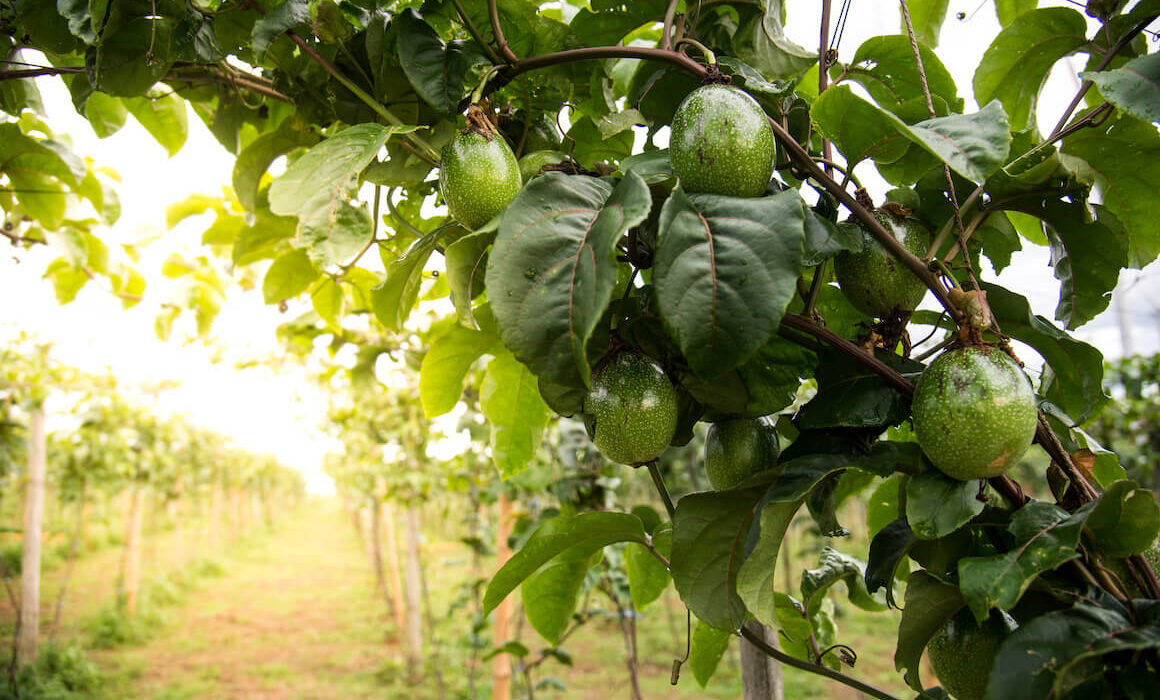Now Robo-Bees Are Pollinating Avocados and Blueberries
Published by www.israel21c.org on July 9, 2023.

Colony collapse disorder, a phenomenon where bees die for mysterious reasons, caused alarm in recent decades and spurred a flurry of “save the bees” campaigns — because honeybees are needed to pollinate the plants that provide our food.
But the bigger problem, according to Emily Speiser, VP of marketing for BloomX, is that honeybees, which have become the default bee for pollination in commercial agriculture because they’re easier to transport and manage — is that they aren’t as efficient as wild bees in pollinating specific fruits and vegetables like blueberries and avocados.
In addition, says Speiser, there aren’t enough honeybees as the world’s food needs grow.
Quoting figures from the UN’s Food and Agriculture Organization, Speiser says, “Since 1961, agricultural land has expanded by 600%. In the same time period, the number of managed honeybee hives has expanded by only 83%. So, we have a supply and demand problem.”
For instance, every year, some 48 billion honeybees are shipped to California’s almond groves, and then rotated to other parts of the country to pollinate additional crops. During their journeys, many of the bees perish.
BloomX is an agritech startup that created robotic bees to help pollinate crops. The company’s Co-founders CTO Avi Keren and VP R&D Ido Senesh are both Technion alumni.